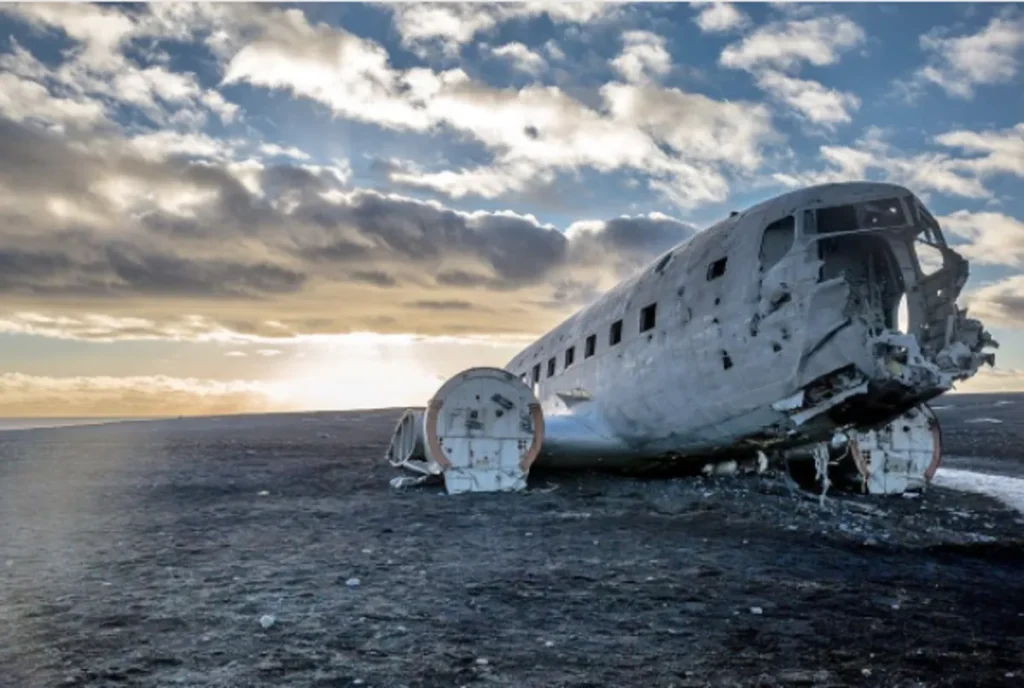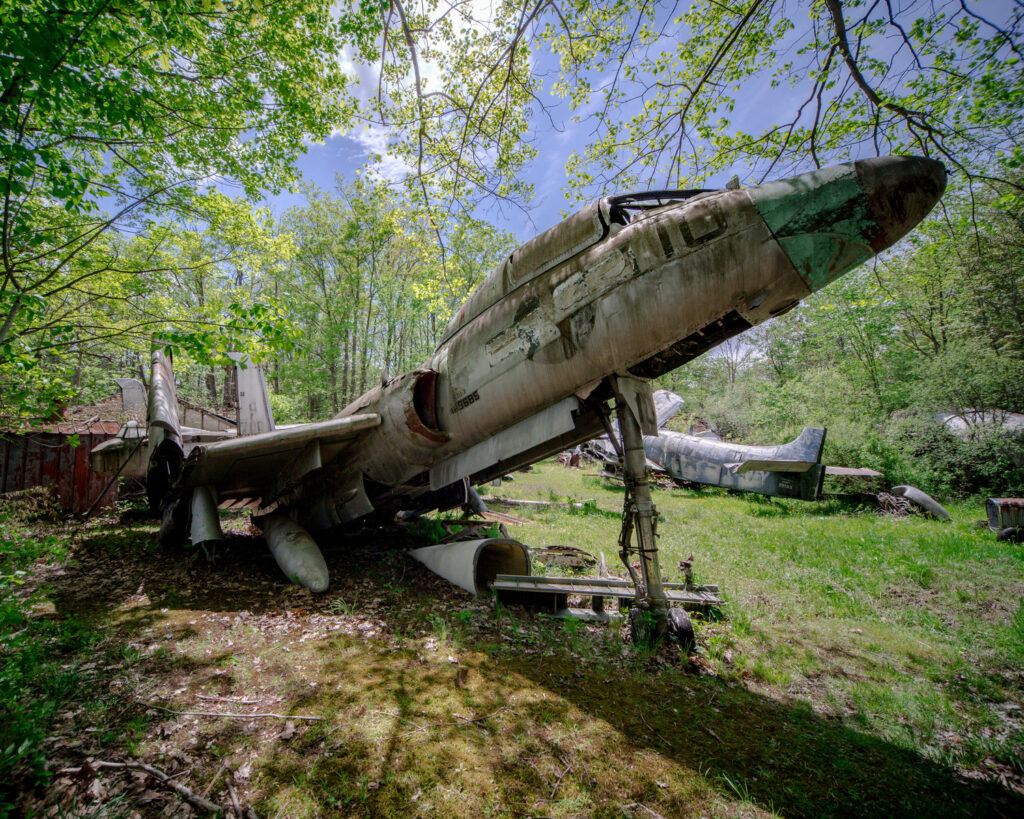
Introduction: When Aviation Meets Mystery
Military helicopters are marvels of engineering, built to conquer the skies in the harshest of environments. But what happens when these aerial giants are left to rust in forgotten corners of the world? Across jungles, deserts, radioactive zones, and glaciers, some military helicopters have met a mysterious fate — abandoned, forgotten, and yet forever etched in history. This article unveils the top 5 abandoned military helicopters found in strange places, a thrilling journey where aviation collides with exploration, and mystery fuels the obsession of military and history buffs alike.
#1: Sikorsky CH-53 in the Namib Desert, Africa
Background of the CH-53
The Sikorsky CH-53 Sea Stallion is one of the largest and most powerful helicopters ever produced by the United States. Known for its heavy-lift capabilities, it played a critical role in numerous conflicts, from Vietnam to Iraq.
How It Got Abandoned in the Desert
In a bizarre twist of fate, a CH-53 was forced to make an emergency landing in Namibia’s Skeleton Coast due to mechanical failure during a training mission in the 1980s. With no way to recover it, the military abandoned the massive helicopter to the mercy of the desert winds.
Current Condition and Preservation Efforts
Today, the sun-bleached frame of the CH-53 remains eerily intact, half-buried in sand. Adventure travelers and aviation lovers trek into the Namib to photograph this forgotten relic. Local historians have called for its preservation, but due to its remote location, no major efforts have been successful.

#2: Mil Mi-24 Hind in the Chernobyl Exclusion Zone
Role of the Hind During the Soviet Era
The Mil Mi-24 Hind was a fierce gunship used extensively by the Soviet military. It’s both a transport and an attack helicopter — often called the “flying tank.”
The Aftermath of Chernobyl and Helicopter Deployment
After the Chernobyl disaster in 1986, Soviet forces used Mi-24s to drop lead and other materials over the burning reactor. Several were exposed to deadly radiation levels and later abandoned.
Present-Day Condition and Tourism Angle
These helicopters now lie corroding in the restricted Red Forest, still dangerously radioactive. Tour guides carefully point them out from a distance. The Mi-24s serve as grim reminders of a human-made disaster and the brave pilots who risked their lives.
#3: Bell UH-1 Huey in the Vietnamese Jungle
Historical Relevance During the Vietnam War
The Bell UH-1 Iroquois, or “Huey,” is synonymous with the Vietnam War. It was used for troop transport, medical evacuation, and close air support.
Discovery by Modern-Day Explorers
Decades after the war, hikers and jungle explorers stumbled upon an intact Huey entangled in vines, hidden deep in the Annamite Range. It’s believed the chopper was abandoned after a failed rescue mission.
The Huey’s Symbolic Legacy in Pop Culture
With appearances in countless movies and documentaries, the Huey has become an icon. This particular abandoned craft has sparked viral videos and debates about its recovery and placement in a museum.
#4: Boeing Vertol CH-46 Sea Knight on an Alaskan Glacier
The Cold War Utility of the CH-46
Designed to transport personnel and cargo for the U.S. Navy and Marine Corps, the CH-46 Sea Knight was a dependable dual-rotor aircraft during the Cold War.
Stranded During a Training Exercise
One such aircraft crashed on a glacier during a storm in the early ’90s. The mission was quickly aborted, and the ice eventually swallowed the wreckage.
Environmental Impact and Military Salvage Attempts
As global warming melts glaciers, the ghostly frame of this helicopter has reemerged. There’s growing concern about leaking fuel and parts contaminating the environment, prompting potential military cleanup operations.
#5: Kamov Ka-27 in a Russian Forest
Deployment History and Naval Use
The Kamov Ka-27 was a key naval helicopter used by the Soviet and Russian Navies, known for its coaxial rotors and compact design for ship landings.
Mysterious Abandonment in a Remote Forest
One Ka-27 was found in a dense Siberian forest, raising theories ranging from crash landings to secret operations gone wrong. Its remote position suggests it was left untouched for decades.
Urban Exploration and Documentation
Russian urbex (urban exploration) groups filmed the site, showing its mostly intact fuselage, faded red star emblems, and rusted rotors. This helicopter has become a legend among aviation explorers.
The Fascination Behind Abandoned Military Aircraft
Psychological and Historical Appeal
These helicopters symbolize not only military might but the fragility of human endeavor. Their decay evokes a mix of nostalgia, loss, and awe.
Preservation vs. Decay Debate
While some argue for restoring these machines for museums, others believe they should remain as they are — silent monuments to the past.
What Happens to Abandoned Helicopters?
Abandoned military helicopters may seem like relics lost to time, but their fate is shaped by a mix of politics, environment, and historical significance. Each aircraft tells a story not just of war or disaster, but of what happens when machines of war outlive their missions.
Legal Ownership and Military Policy
Most military helicopters, even if abandoned, are still technically property of the armed forces that deployed them. When they’re left behind due to emergency landings, mechanical failures, or political upheaval, the owning military might make a choice:
- Abandonment due to logistics – In hostile or remote areas, the cost of retrieval may outweigh the value of recovery.
- Declassification – Some aircraft are officially decommissioned and stripped of sensitive components.
- Surveillance concerns – Helicopters containing classified tech may be deliberately destroyed to prevent reverse-engineering.
In the case of foreign or hostile environments, ownership can become murky, and sometimes local governments or collectors claim the wrecks.
Use in Museums, Films, or Scrap
Abandoned helicopters that are eventually recovered often meet three fates:
- Restoration and Museum Display
If the aircraft is rare or historically significant, aviation museums may seek to restore it. For instance, a Vietnam-era Huey found intact could end up in a national history museum, complete with authentic paint schemes and weapons systems (disarmed, of course). - Film Props and Military Exhibits
Old airframes are often used in movies or public exhibits. They serve as visually authentic props for war films, documentaries, and even theme parks, especially when they can’t fly but still look the part. - Scrapping and Recycling
When no historical value is assigned, helicopters are often broken down for parts or melted for raw materials. Recyclers salvage aluminum, steel, and wiring. In war-torn regions, locals may scavenge abandoned aircraft for anything of value.
FAQs on Abandoned Military Helicopters
Why are military helicopters abandoned?
They’re usually abandoned due to mechanical failure, emergency landings in hostile zones, or high-risk missions where recovery is impossible or unsafe.
Can civilians legally visit or photograph them?
It depends on the location. Some are accessible in public areas or featured in museum-like setups. Others are in restricted military zones, radioactive areas, or protected wilderness, making visits illegal or dangerous.
What’s the most expensive helicopter ever abandoned?
The CH-53 Sea Stallion found in the Namib Desert is one of the most expensive, costing tens of millions at the time of production. However, exact figures vary due to inflation and upgrades.
Are these helicopters still dangerous?
Potentially, yes. Many contain hazardous materials, like hydraulic fluid, asbestos insulation, or in some cases, unexploded ordnance. In radioactive zones like Chernobyl, even being near them can pose serious health risks.
Do any still contain sensitive military tech?
Most are stripped of classified systems before abandonment. But some, especially those lost in sudden or hostile scenarios, may still contain sensitive or outdated tech, raising concerns about foreign access or espionage.
How are they preserved for history?
Preservation depends on public interest and funding. Some helicopters are relocated to military museums, while others are protected on-site with informational plaques or guided tours, especially in countries that celebrate military heritage.
Conclusion: Echoes of the Past in Rotors and Rust
The sight of an abandoned military helicopter, blades still and rusting in a jungle, desert, or glacier, evokes more than just curiosity — it triggers a sense of awe, a reminder of human ambition and its limits. These aircraft were once loud, fast, and deadly. Now, they’re quiet witnesses to history, offering lessons about war, resilience, and the passage of time.
For military and history buffs, they’re more than wrecks — they’re untold stories wrapped in steel.

Leave a Reply